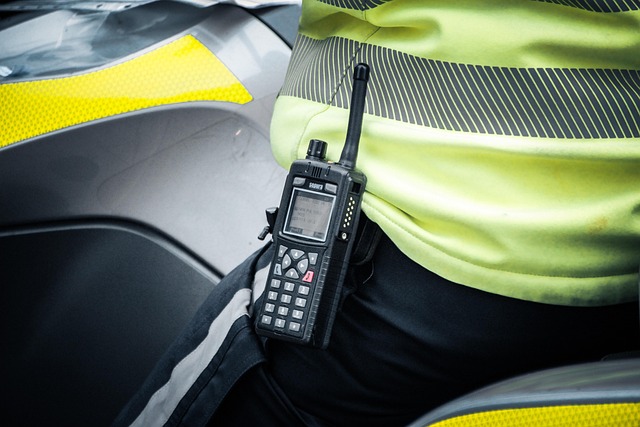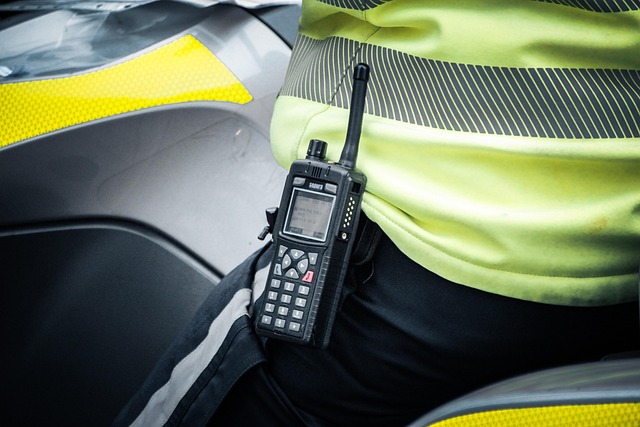Mail wire frauds, prevalent in today's digital landscape, pose significant challenges due to the complex nature of proof during court proceedings. Schemes like phishing and investment scams often go undetected as accused parties use sophisticated methods to conceal their activities. This results in a high number of unsolved cases and leaves victims feeling let down by the justice system. To overcome these hurdles, investigators employ advanced forensic techniques and blockchain technology, while attorneys leverage cybersecurity expertise and robust security measures for better defense outcomes. This strategic approach has proven successful in jury trials, leading to favorable verdicts for clients accused of mail wire fraud.
Mail wire fraud, a sophisticated form of cybercrime, poses significant risks in the digital age. This article delves into the intricate world of mail wire scams, offering a comprehensive guide to understanding their mechanisms and legal implications. We explore common schemes, dissect the complex landscape of liability attribution, and provide strategies to bolster defenses against these evolving frauds, particularly addressing the critical challenge of meeting the burden of proof in court.
- Understanding Mail Wire Frauds: Definition and Common Schemes
- The Legal Landscape: Challenges in Attributing Liability
- Strategies to Strengthen Proof and Prevent Fraud in the Digital Age
Understanding Mail Wire Frauds: Definition and Common Schemes

Mail wire frauds are a significant concern in today’s digital age, where financial transactions occur at lightning speed. These fraudulent activities involve the use of electronic communication to deceive individuals or businesses into transferring money or sensitive information. The definition encompasses any scheme that employs false pretenses via email, text messages, or phone calls, with the intent to steal funds or gain unauthorized access to accounts. Common schemes include phishing attempts, where criminals impersonate legitimate organizations, and investment scams promising substantial returns.
The challenge in addressing mail wire frauds lies in the burden of proof during court proceedings. With numerous cases across the country involving corporate and individual clients, proving beyond a reasonable doubt can be complex. Accused parties often employ intricate strategies to hide their tracks, making it difficult for investigators and prosecutors to gather conclusive evidence. As a result, many instances go unsolved, leading to a sense of frustration among victims who seek complete dismissal of all charges.
The Legal Landscape: Challenges in Attributing Liability

The legal landscape surrounding mail wire fraud presents significant challenges when it comes to attributing liability. In high-stakes cases, especially those involving white collar and economic crimes, proving guilt beyond a reasonable doubt is paramount. However, the intricate nature of these schemes often makes it difficult to pinpoint specific individuals or entities responsible, creating a complex web of potential culprits. This complexity arises from various factors: untraceable digital footprints, anonymous shell companies, and the sophisticated use of offshore accounts.
The burden of proof in court becomes increasingly daunting as fraudsters employ ever-evolving methods to conceal their tracks. As a result, law enforcement and prosecutors grapple with the challenge of disentangling complex financial networks and presenting compelling evidence in philanthropic and political communities where trust and transparency are paramount. Effective attribution requires meticulous investigation, leveraging advanced analytics, and international cooperation, especially in cases that transcend jurisdictional boundaries, further complicating efforts to hold offenders accountable.
Strategies to Strengthen Proof and Prevent Fraud in the Digital Age

In the digital age, where mail wire fraud has evolved into sophisticated cybercrimes, strengthening proof and preventing such scams have become paramount. One of the primary challenges in meeting the burden of proof in court is the complexity of digital transactions. As fraudsters employ ever-changing tactics, investigators must stay ahead by utilizing advanced forensic techniques to uncover evidence. This involves meticulous analysis of electronic records, blockchain technology, and secure data storage methods to ensure the integrity of information.
A winning challenging defense strategy for attorneys representing clients accused of mail wire fraud includes leveraging cutting-edge cybersecurity expertise. By presenting robust proof that demonstrates due diligence in security measures and transaction monitoring, lawyers can build a compelling case. This approach, focused on both proactive prevention and meticulous documentation, has proven successful in jury trials, securing verdicts in favor of his clients.
Mail wire fraud remains a significant challenge, with evolving schemes posing difficulties in attribution of liability. The complex legal landscape demands innovative strategies to strengthen proof and prevent such frauds in the digital age. By understanding common schemes and implementing robust security measures, we can better navigate these challenges and ensure the integrity of our financial systems. Meeting the burden of proof in court continues to be a crucial aspect in combating this growing threat.






